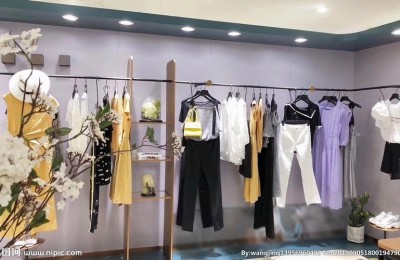If 2016 is an extraordinary year for the textile market, both the polyester market and the fabric market have witnessed the changes in the market; especially in the second half of the year, there were various price increases: polyester prices increased, polyester prices increased Prices, freight prices, dyeing fees, and various other increases have caused many weaving manufacturers to cry out: they can’t afford it!
2017 is a “critical” year, and the late “Gold, Three, Silver and Four” can be said to have brought a lot of surprises to the fabric market. However, the “strange” market in the current off-season of the market, it is unclear whether it is a “surprise” or a “surprise”. Shocked”!
“Price increases” and “out of stock” have actually become a daily routine in the lining market recently! In particular, pongee, nylon, polyester taffeta and chiffon, the most common products in the traditional textile market that were once “grabbed in large quantities”, have actually become the “leaders” of best-selling products!
The prices of products in short supply in the textile market are also rising. Although “one price a day” is a bit exaggerated, look at this gallbladder supermarket. In just one month, prices have been raised nearly eight times! In just a few months, the cumulative increase in products of various specifications has ranged from 15% to 25%.
The price increase is just an “appetizer”, the focus is on out of stock, out of stock, out of stock!
Once upon a time, the textile market was forced by “small batch, multi-batch” orders. Both weaving manufacturers and fabric traders were wondering where the big orders had gone, and prayed that a few big orders would wake me up! But nowadays, the market is completely at a pace where I dare not take big orders!
Wujiang Xiangzhiyi Textile specializes in various lining products. Boss Kong of the company said that in fact, the lining market orders have been good this year, but now they dare not accept large orders at all. On the one hand, the price of gray fabrics continues to rise. If After signing an order with the downstream, the price cannot be changed. However, if the price of gray fabric continues to rise, not only will it be impossible to make a profit, but it may also be a loss-making business. On the other hand, there is naturally a shortage problem, and the shortage in the lining market is even more serious. As the saying goes, a good woman cannot make a meal without rice. Now we can only try our best to meet the pre-signed orders. We don’t even have to think about the spot goods. We have to queue up and wait for the goods; if Failure to deliver new orders on time not only results in the loss of a customer, but also creates a problem for the company’s reputation.
As this textile professional said, strict environmental protection controls such as Wujiang 263 Operation, Jiaxing Xiuzhou District, and Keqiao Xialu Town Renovation have caused certain order shifts and supply reductions in the weaving industry, especially for conventional products. product. It is reported that as of June 4, Xiuzhou District has completed a total of 454 households and 6,631 units signed contracts; a total of 111 households and 2,320 units have been phased out under the “four suspensions and one withdrawal” policy. The Wujiang District Party Committee and District Government have arranged that starting from June 9, any new water-jet looms will be prohibited in all areas of Wujiang. Wujiang District will comprehensively carry out special rectification work on water-jet looms, shutting down a batch, rectifying a batch, and upgrading a batch. , to promote the overall upgrading of the spray knitting industry.
In addition to the demand gap caused by environmental protection rectification and production capacity clearance in various places, part of the reason for the reduction in the supply of lining materials is that the polyester taffeta and other lining markets faced a series of fatal problems such as profit compression, inventory increase and overcapacity in the early stage. , the reduction of production capacity caused by the transformation of some weaving manufacturers.
Generally speaking, short supply is the fundamental reason why some best-selling products are out of stock today, and it is also the basis for rising prices; but there are also cost pressures on the weaving market such as rising raw materials and labor costs.
It is also reported that printing and dyeing manufacturers in the Wujiang area have recently begun to limit production, with half of the production going and half of the production stopped. Will this once again promote the upward trend in the market for noodles and linings?
</p





